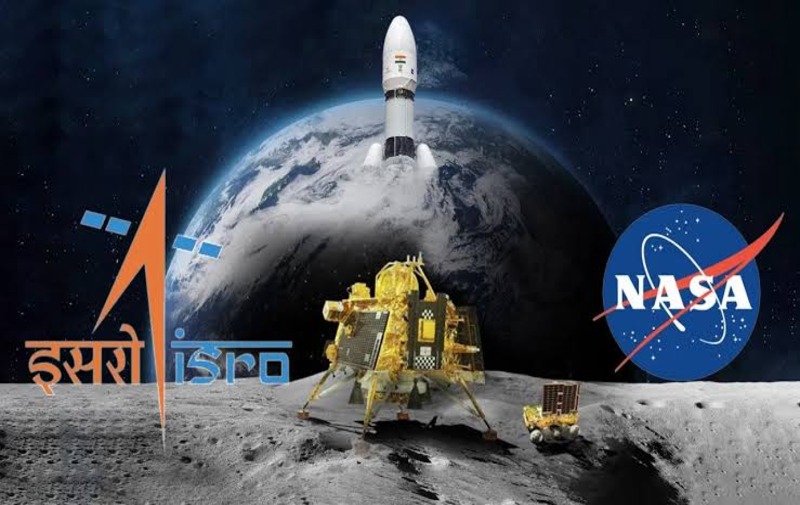
NASA-ISRO Joint Satellite NISAR Scheduled for Launch on July 30

 :
| Updated On: 22-Jul-2025 @ 1:24 pm
:
| Updated On: 22-Jul-2025 @ 1:24 pmSHARE
The NISAR (NASA-ISRO Synthetic Aperture Radar) satellite, a highly anticipated Earth observation mission jointly developed by NASA and ISRO, is scheduled to launch on July 30 at 5:40 PM from Sriharikota, Andhra Pradesh, India’s sole spaceport. The satellite will be launched aboard the GSLV-F16 and will be placed in a 734 km sun-synchronous orbit, enabling it to pass over the same location at the same time each day, ensuring consistent and comparative data collection.
NISAR will scan the entire planet every 12 days, capturing highly detailed images of the Earth's surface. The satellite weighs 2,392 kg and is the first of its kind to use dual-frequency radar: NASA’s L-band and ISRO’s S-band. These radar systems are engineered to detect a range of surface features, each tuned to specific surface attributes such as moisture levels, surface roughness, and ground movement. Integrating two radar frequencies in one satellite presents a major technical feat, requiring different sets of hardware to operate in perfect coordination without interference.
One of NISAR’s most valuable features is its ability to capture data in all weather conditions, both day and night, and detect changes as small as one centimetre. This high-resolution, repeatable observation capability makes it ideal for studying dynamic Earth processes like glacier retreat, sea ice movement, storm patterns, deforestation, vegetation shifts, and tectonic activities such as earthquakes and volcanoes. Scientists anticipate that NISAR will vastly enhance our understanding of natural processes and the effects of climate change and natural hazards, ultimately helping to improve disaster response and environmental planning.
In addition to scientific applications, NISAR has valuable practical uses. It can monitor soil moisture levels, track surface water bodies, and assist in agriculture and land management, providing real-time data for decision-making in weather-sensitive sectors. These capabilities position NISAR not only as a scientific tool but also as an asset for policy-makers and environmental managers globally.
The satellite is estimated to cost USD 1.5 billion, making it the world’s most expensive Earth observation satellite. Of this, ISRO has contributed ₹469.4 crore (approximately USD 56 million), and will also bear the expenses associated with launching the satellite. The mission reflects more than a decade of collaboration between NASA, ISRO, and the Jet Propulsion Laboratory (JPL), showcasing the strength of international space cooperation.
The launch was delayed multiple times due to technical issues, notably with one of its crucial components — a 12-metre unfurlable antenna. To resolve the problem, the satellite had to be shipped back to the U.S. for adjustments, pushing back the original launch schedule, which was initially set for the previous year.
With its powerful observational capabilities, NISAR is expected to play a critical role in global Earth monitoring, environmental studies, and climate science, while also symbolizing a milestone in Indo-U.S. space collaboration.